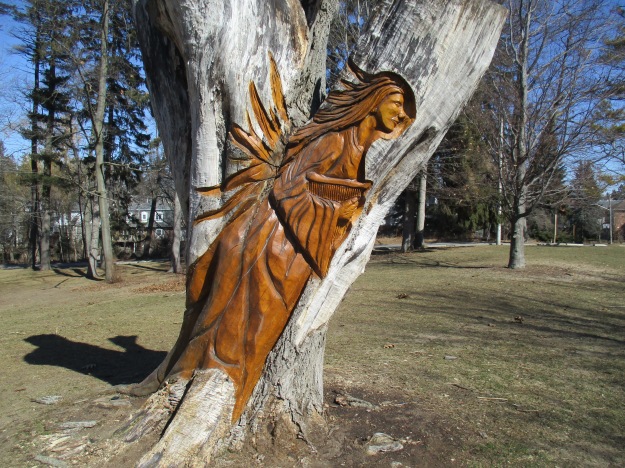What a fantastic weekend, and so long in coming! It seemed like winter would never end!! I almost didn't put away our winter clothes into storage because I was so sure that the ice would come, snow fall again, and the icebox would remain open. But, alas with spring well behind us and summer simmering into the shadows I really think we can do just that. Stow away our long coats, rainy boots, snowy boots and woolen mittens.
Without further ado, my summertime blog is underway with more treks and trails to explore. Super-stoked and looking forward to it this year.

 We headed for the David Culham Trail on Saturday with the plan that we would do a couple of kilometres after our lunch. It turned out to be over 12 kilometres and it really didn't feel much like it at all. We actually picked up the David Culham Trail after scouting through a few parts a little north east of it first (Credit River and River Run). It's a very secluded neighbourhood with no throughway traffic permitted and I think they like that way and I don't blame them, so finding the entry point where we did was sheer luck and nothing else as it's not publicized.
We headed for the David Culham Trail on Saturday with the plan that we would do a couple of kilometres after our lunch. It turned out to be over 12 kilometres and it really didn't feel much like it at all. We actually picked up the David Culham Trail after scouting through a few parts a little north east of it first (Credit River and River Run). It's a very secluded neighbourhood with no throughway traffic permitted and I think they like that way and I don't blame them, so finding the entry point where we did was sheer luck and nothing else as it's not publicized.The David Culham trail breaks up into two sections. Dundas Street to Mississauga Road (which is Streetsville) and Church Street to the U of T Campus in Mississauga (Erin

 dale park).
dale park).The Trail runs along the Credit River for most of the way but does share both urban and nature settings. This is part of how the land is used and mostly due to urban development as the city grows so there's no way around having to share the peace of the forest with the noise of the city, especially if you think you can ever get any peace when you're just minutes away. If you are looking for that type of seclusion, you'll have to drive quite a lot further away from this trail I'm afraid.

 Like other namesakes, I'm interested in the historical aspect of how trails are named or better yet who the person was behind the namesake. This was an easy one and thanks to Google, it never takes long before we can find answers to any questions we have.
Like other namesakes, I'm interested in the historical aspect of how trails are named or better yet who the person was behind the namesake. This was an easy one and thanks to Google, it never takes long before we can find answers to any questions we have.

 Don't you think that that has become a bit of a curse and a blessing? I remember we as kids had to go to the local library to look up famous people, or explore historical facts like this. Going to the library required effort, and gave us a purpose of some kind. We met people, asked for help, shared ideas, listened and learned from others. Now it's at your fingertips. I'm not saying anything no one else has ever thought about, I'm sure. My sons both have a keen interest in knowledge finding answers to everything. That I respect in them.
Don't you think that that has become a bit of a curse and a blessing? I remember we as kids had to go to the local library to look up famous people, or explore historical facts like this. Going to the library required effort, and gave us a purpose of some kind. We met people, asked for help, shared ideas, listened and learned from others. Now it's at your fingertips. I'm not saying anything no one else has ever thought about, I'm sure. My sons both have a keen interest in knowledge finding answers to everything. That I respect in them.


Back to my story here about namesakes. Who was David Culham? He was a one time sitting Councillor in Ward 6 of the City of Mississauga from 1973 to 2000 making him one of the longest serving Councillors in Mississauga. Before that he was a city planner after earning a BA degree from Laurier and a Masters in Geography and Planning from Western University. In his career he was a teacher and a school principal. What I was interested in was that David Culham had developed several initiatives while he was in politics, one of which was the "blue box recycling program" and here's where the naming of the trail comes in... He developed a policy of dedication of valley land by developers in Mississauga to allow for the creation of a trail system and the preservation of the Credit River Valley. So there you have it.
That's what I call a career, and a great vision to future generations.
































